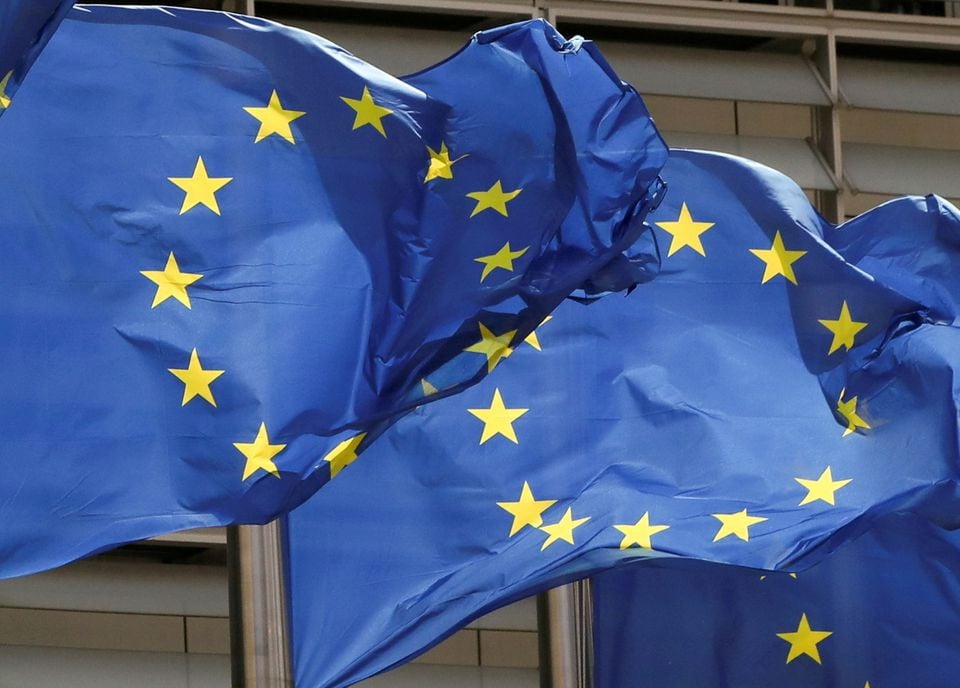
Foreign banks based in the European Union may have to hold more capital and liquidity under revisions to rules being considered by the bloc’s member states, an EU document showed.
Officials in Brussels are looking to classify more foreign banks as subsidiaries rather than branches, a change which would require them to beef up their local balance sheets and come under direct EU supervision. The move would ensnare a large portion of lenders which opened branches in the EU after Britain left the bloc.
An EU document prepared for member states and seen by Reuters said adjustments could include an “automatic trigger for subsidiarisation”, or ways to constrain the discretion that regulators have in deciding which branches must become a subsidiary.
The bloc’s European Banking Authority (EBA) said in a June 2021 report that at the end of 2020 there were 106 third country branches (TCBs) across 17 member states holding €510.23 billion ($569.16 billion) in assets with variations in how member states treat them.
This was 14 branches and €120.5 billion in assets up on the prior year, highlighting an increasing trend, linked to Brexit, in the use of branches to access the EU market, EBA said.
China has 18 branches, followed by Britain with 15, Iran 10, and the United States nine.
Currently EU banking regulators decide on a case-by-case basis whether a foreign branch should become a subsidiary they would then directly supervise. A foreign branch’s main regulator is its home watchdog.
“The consideration to call for an automatic trigger to subsidiarise will alarm firms,” a banking industry official said.
Regulators currently review foreign branches with assets of €30 billion ($33.41 billion) or more to see if they are systemic enough to pose risks to financial stability.
Published in The Express Tribune, January 29th, 2022.
Like Business on Facebook, follow @TribuneBiz on Twitter to stay informed and join in the conversation.









1719053250-0/BeFunky-collage-(5)1719053250-0-270x192.webp)








COMMENTS
Comments are moderated and generally will be posted if they are on-topic and not abusive.
For more information, please see our Comments FAQ